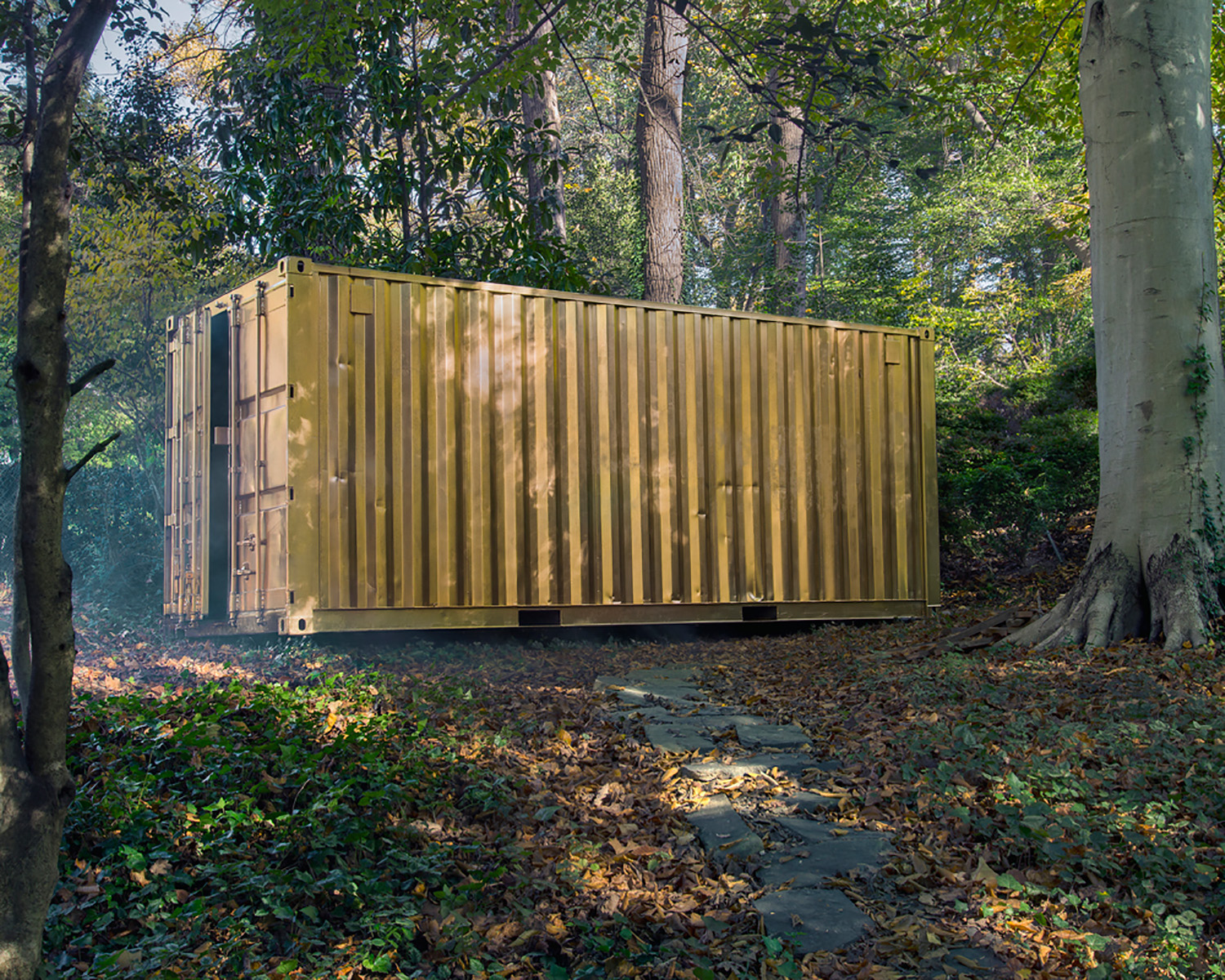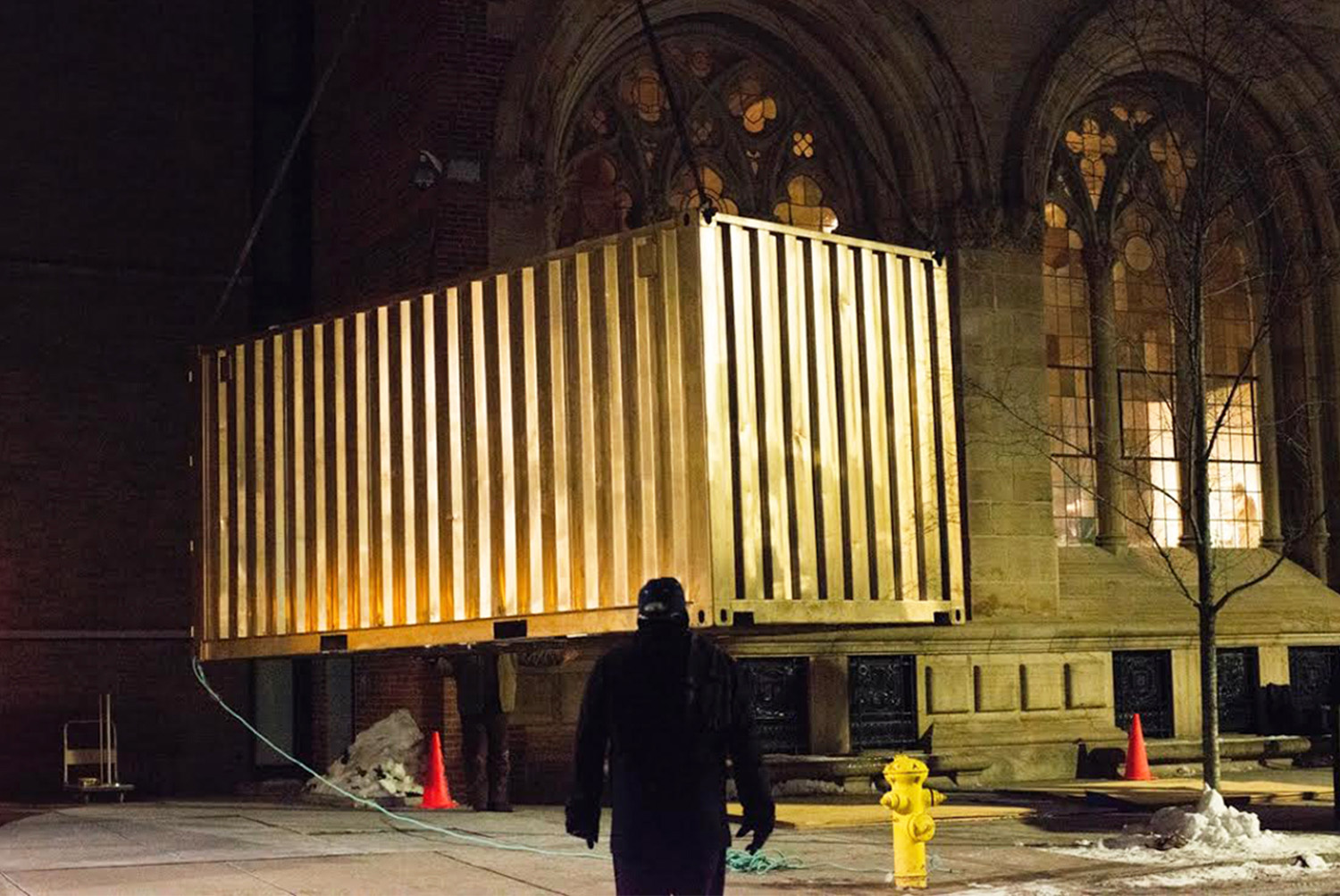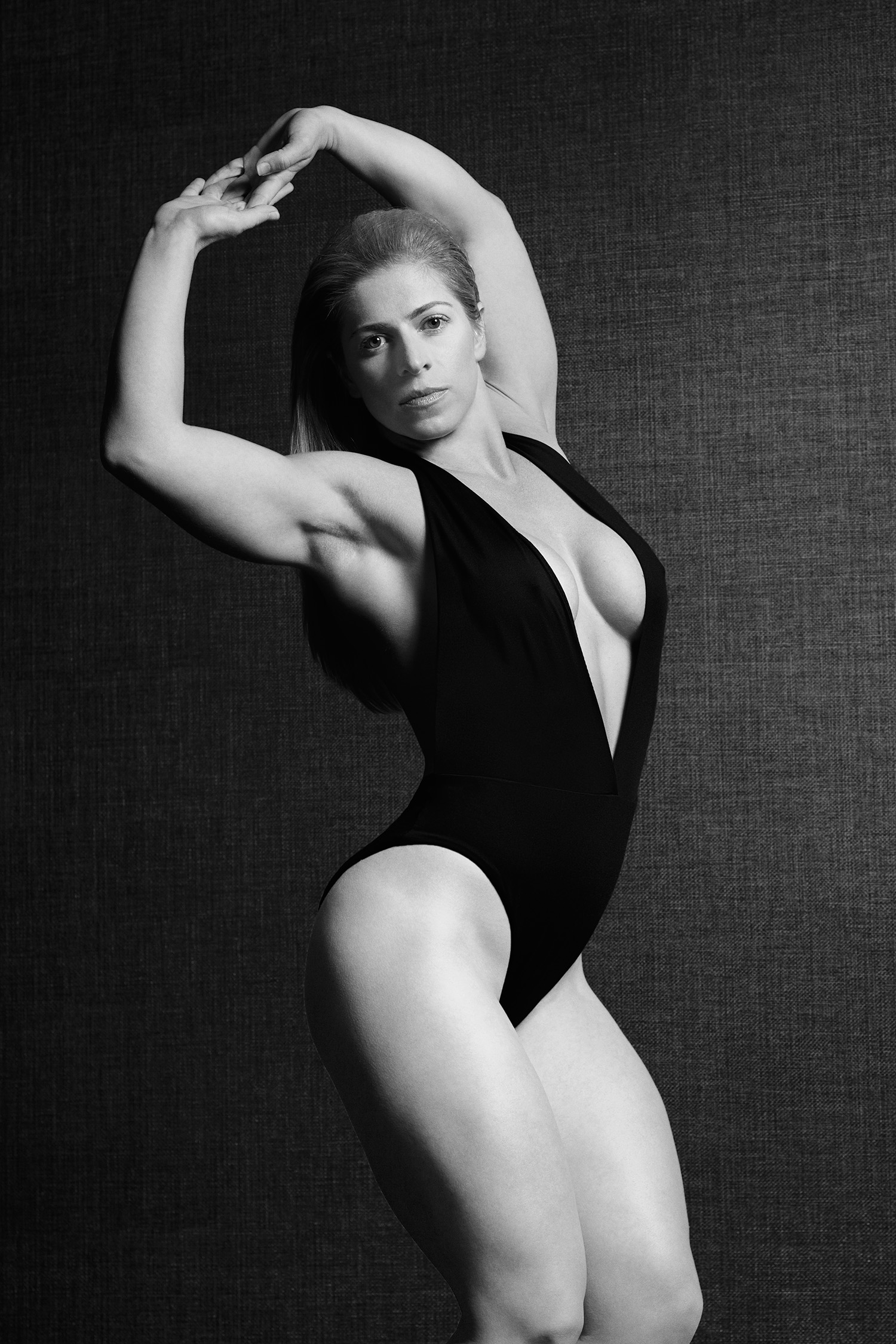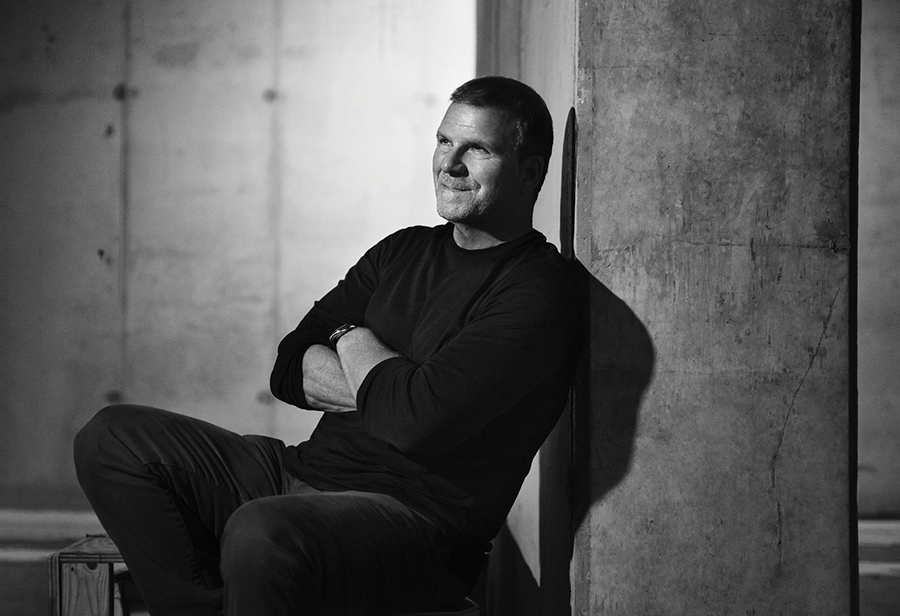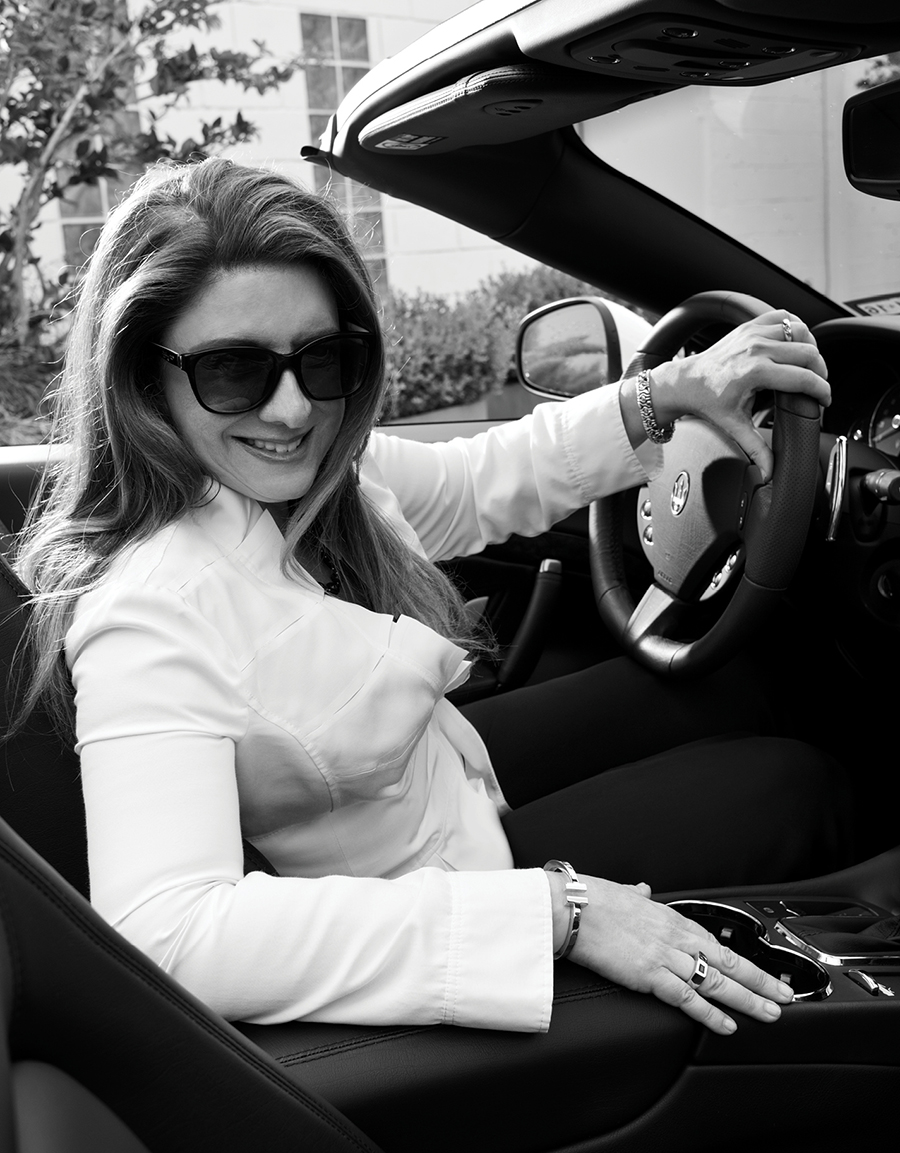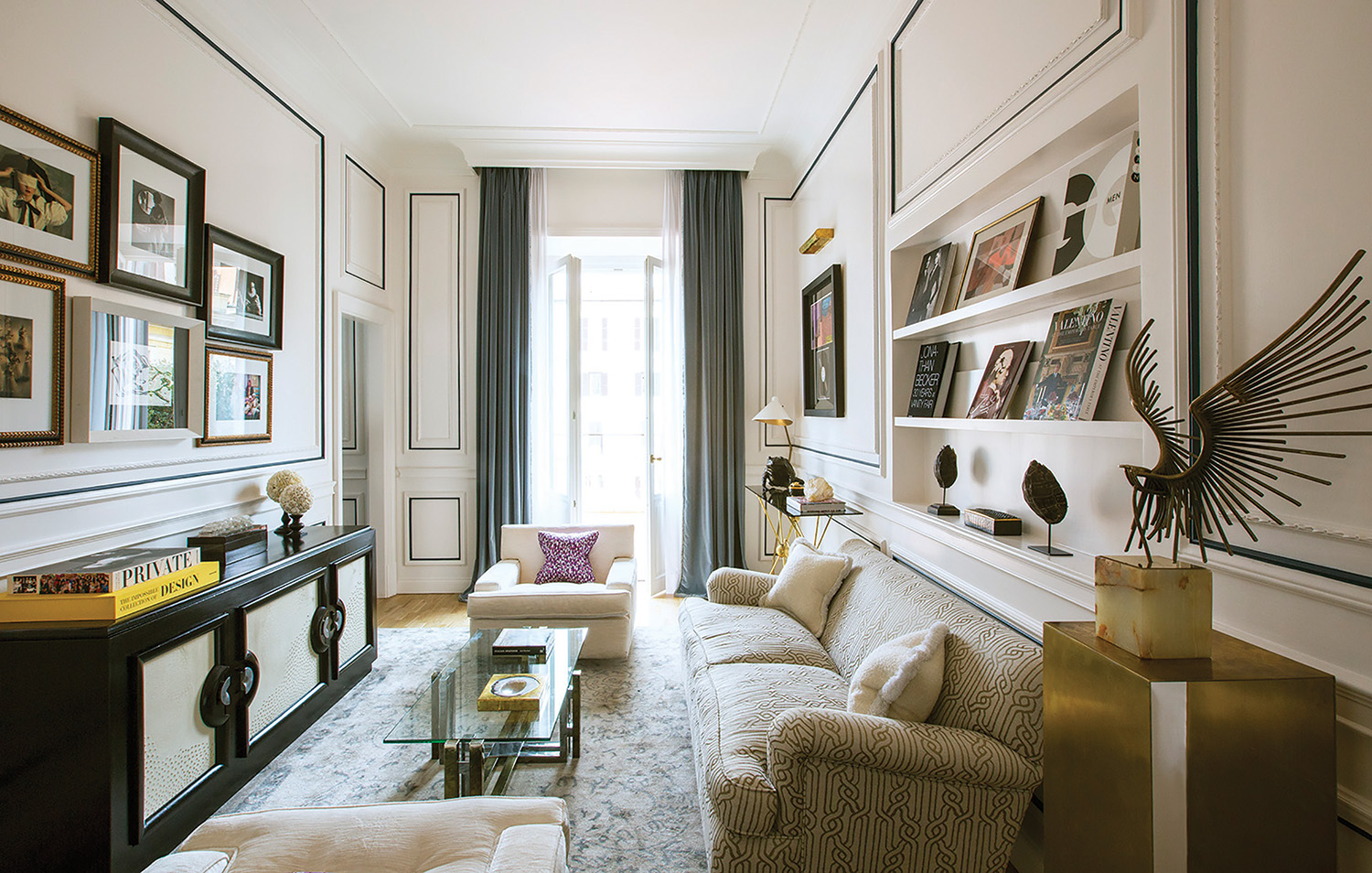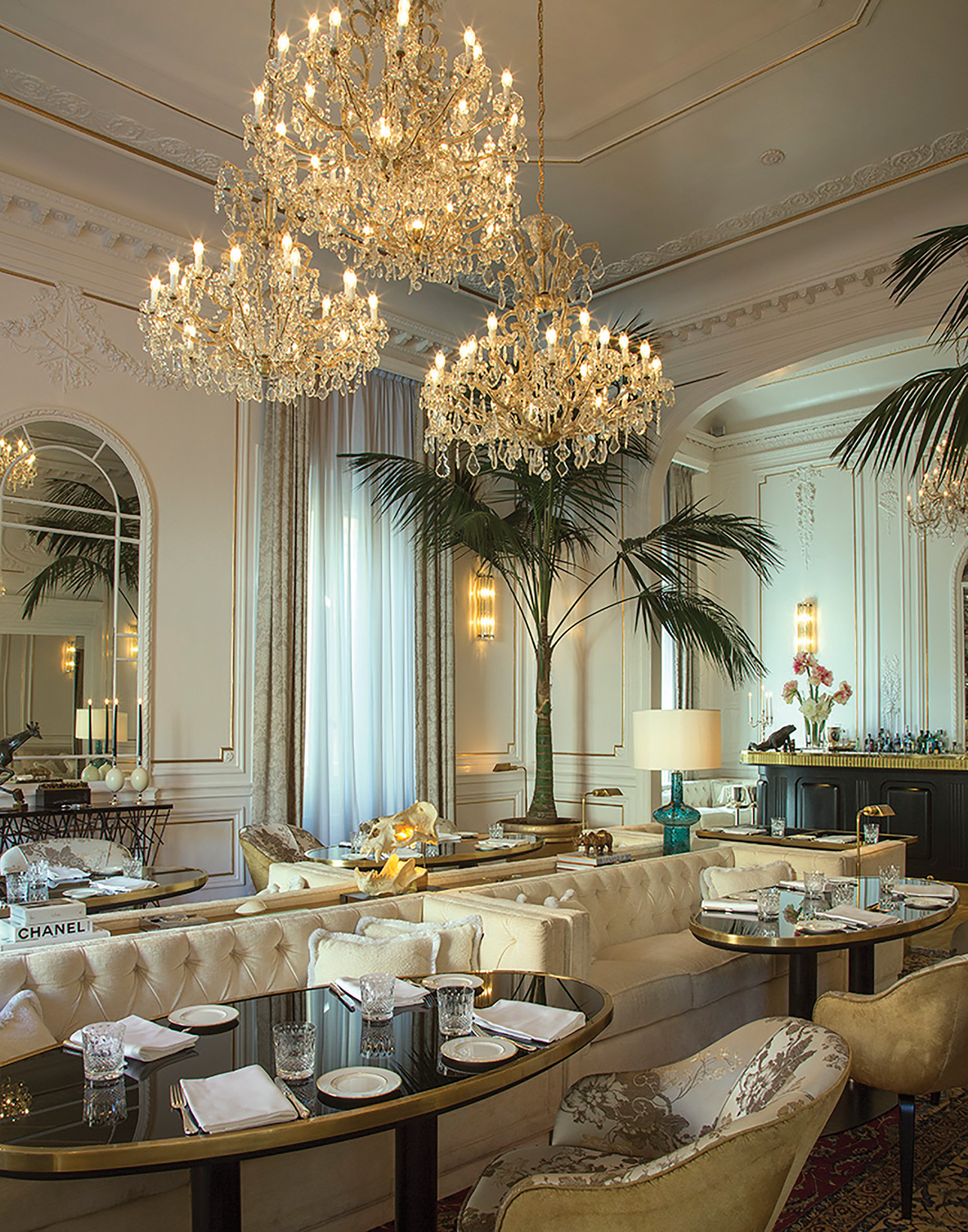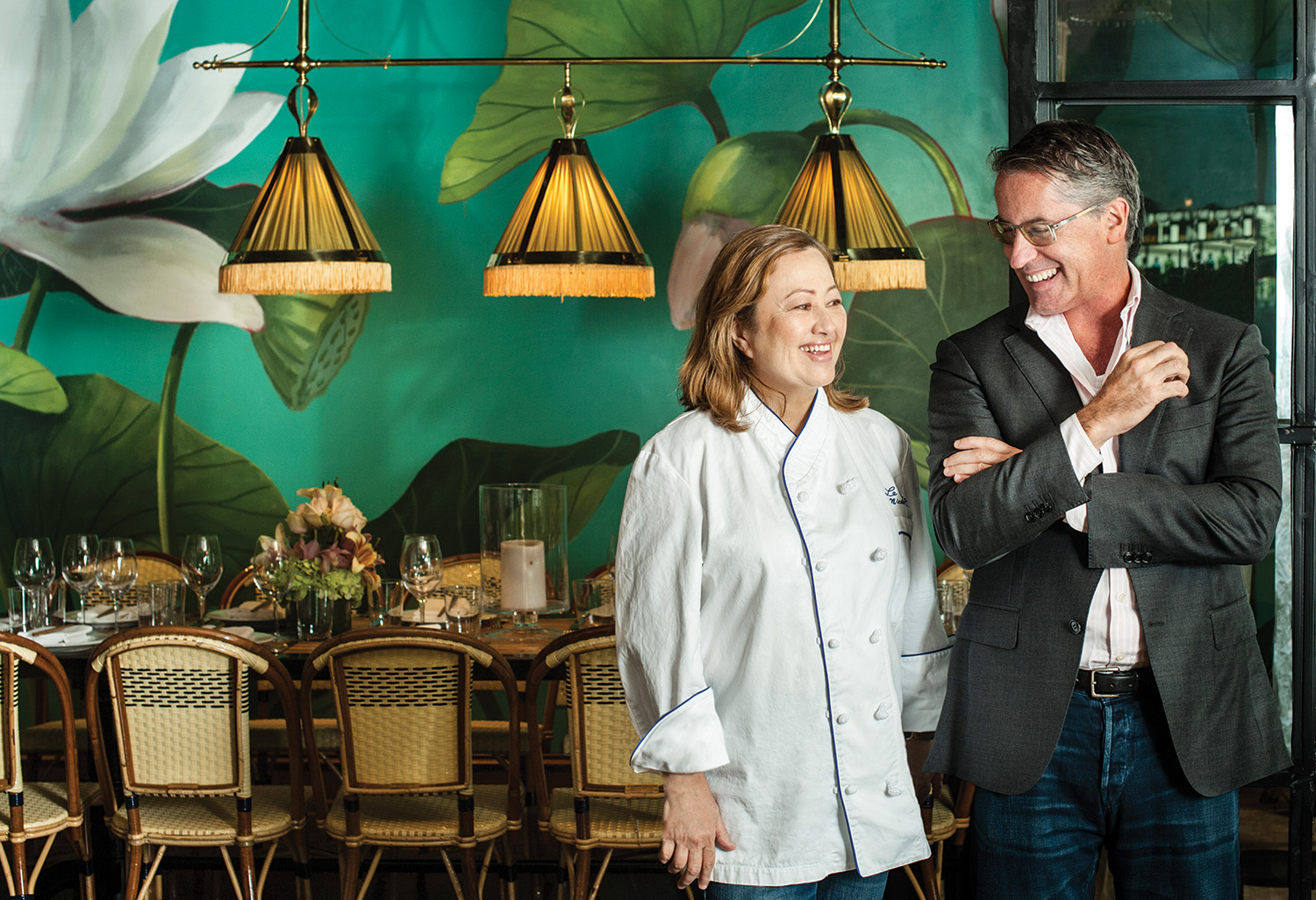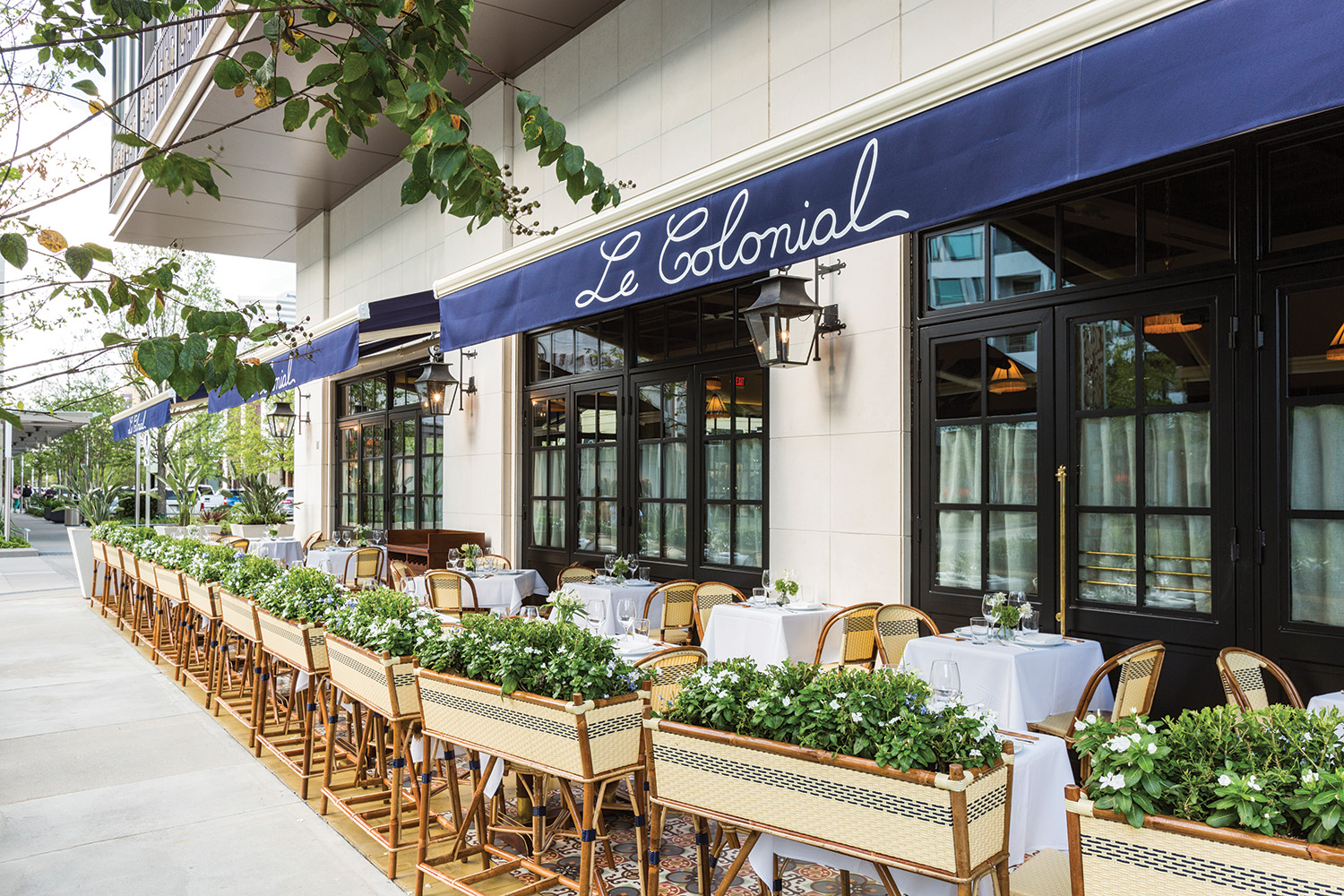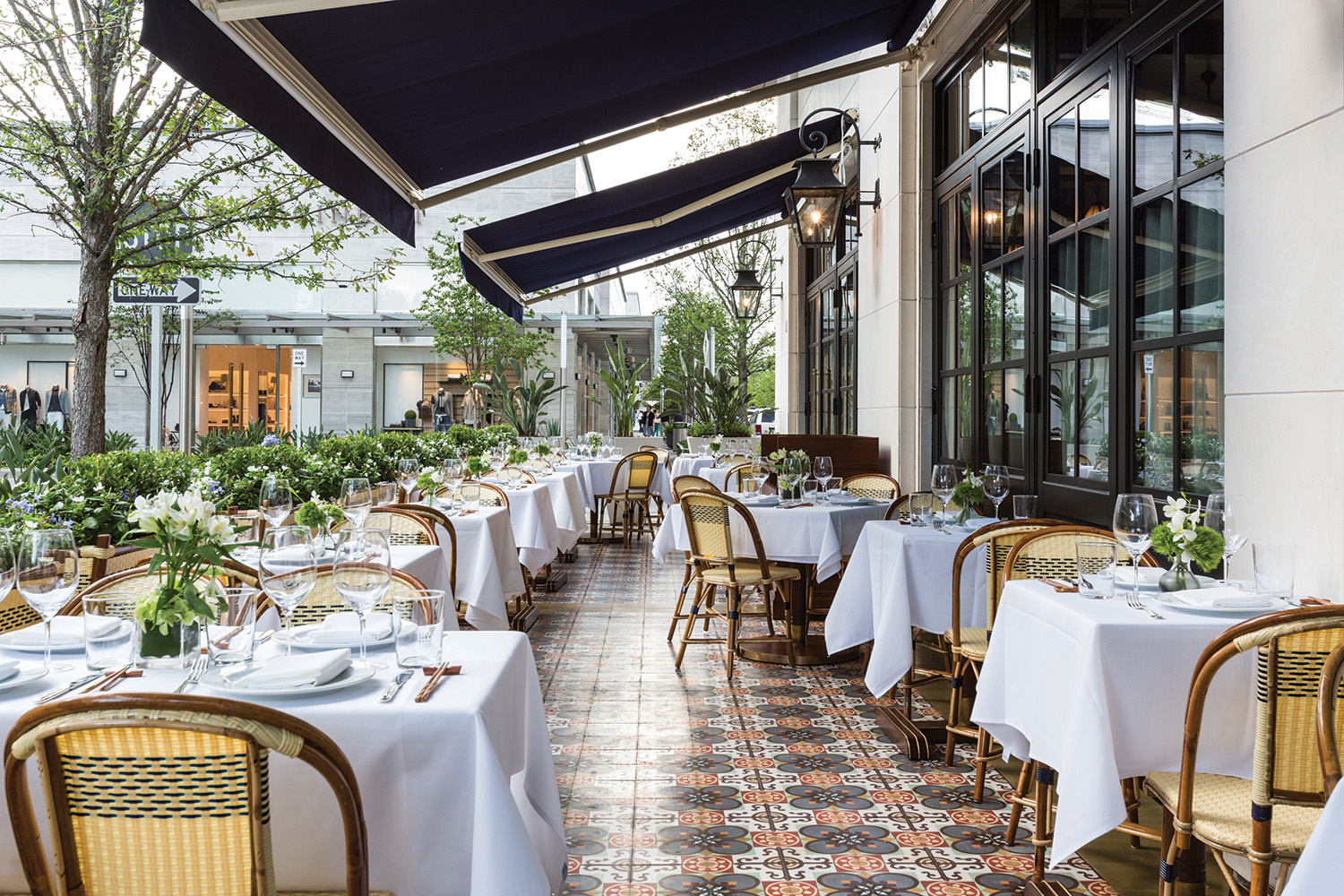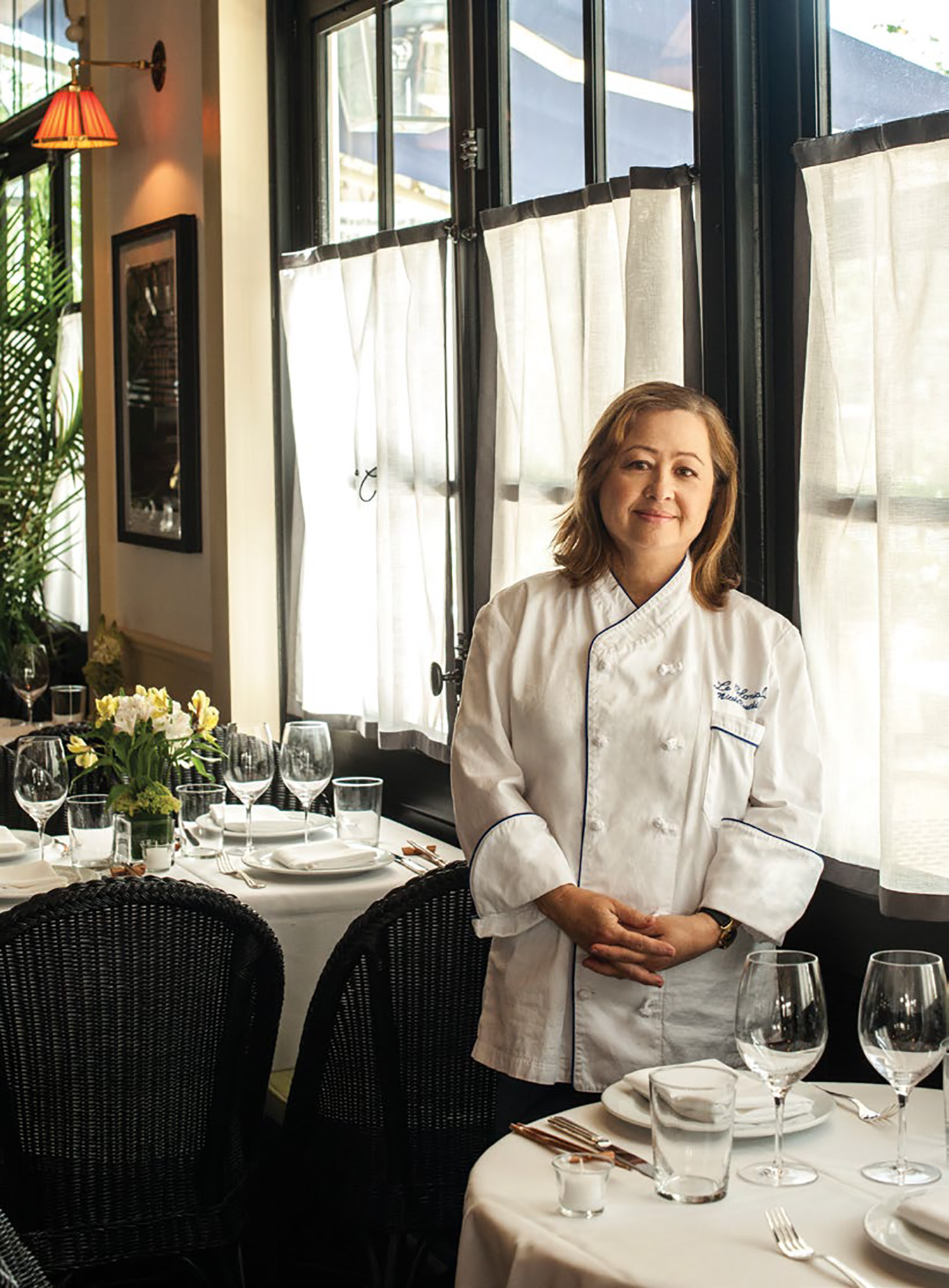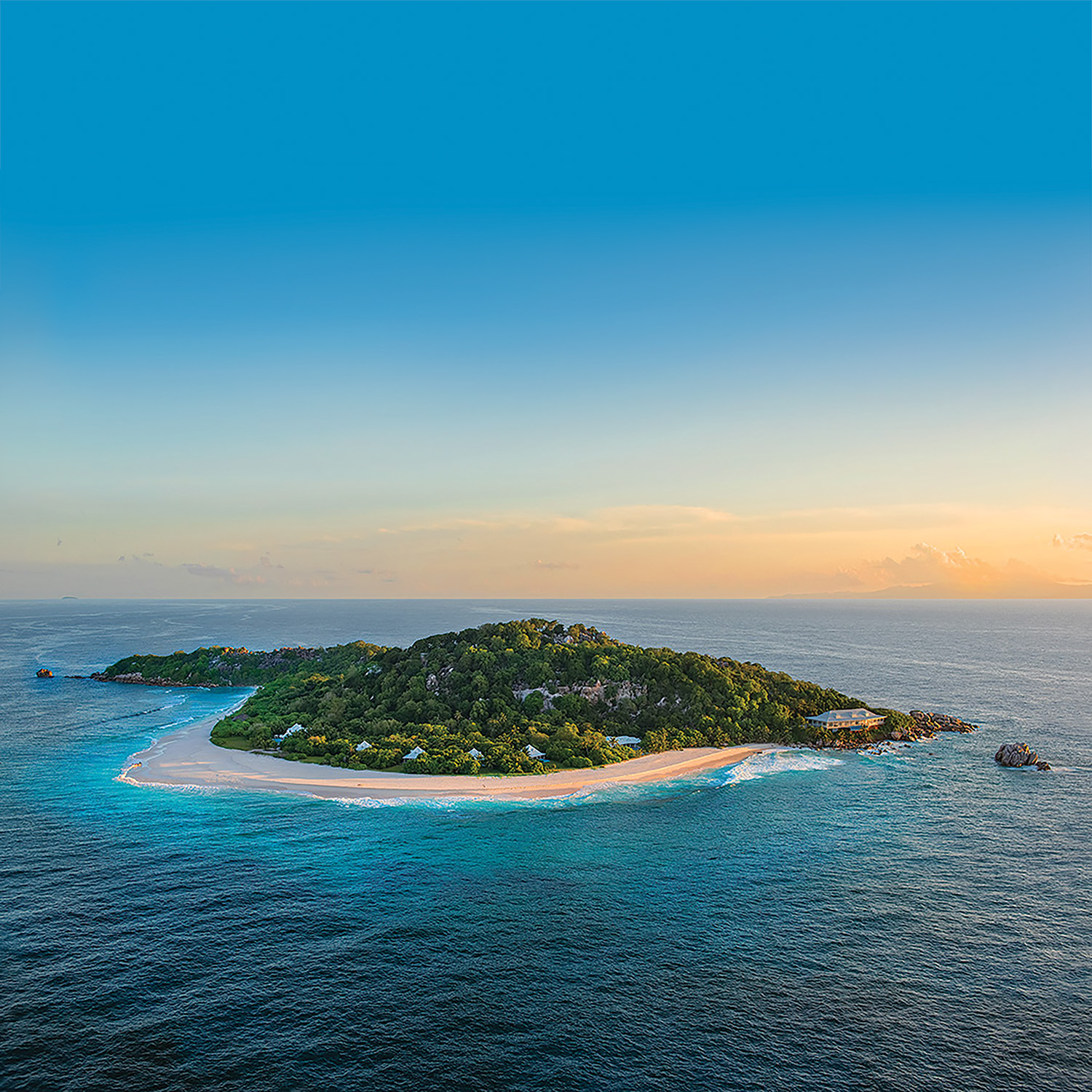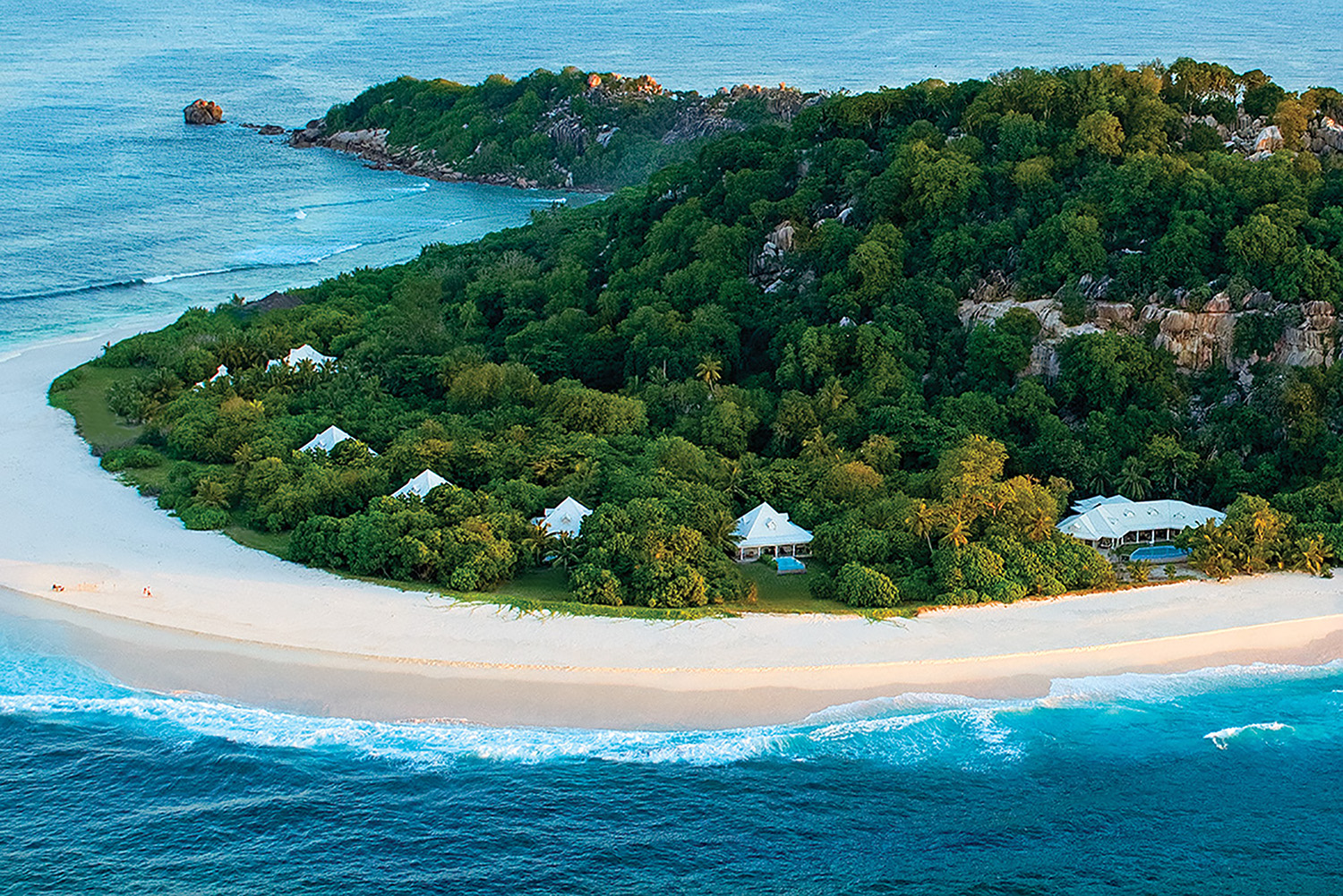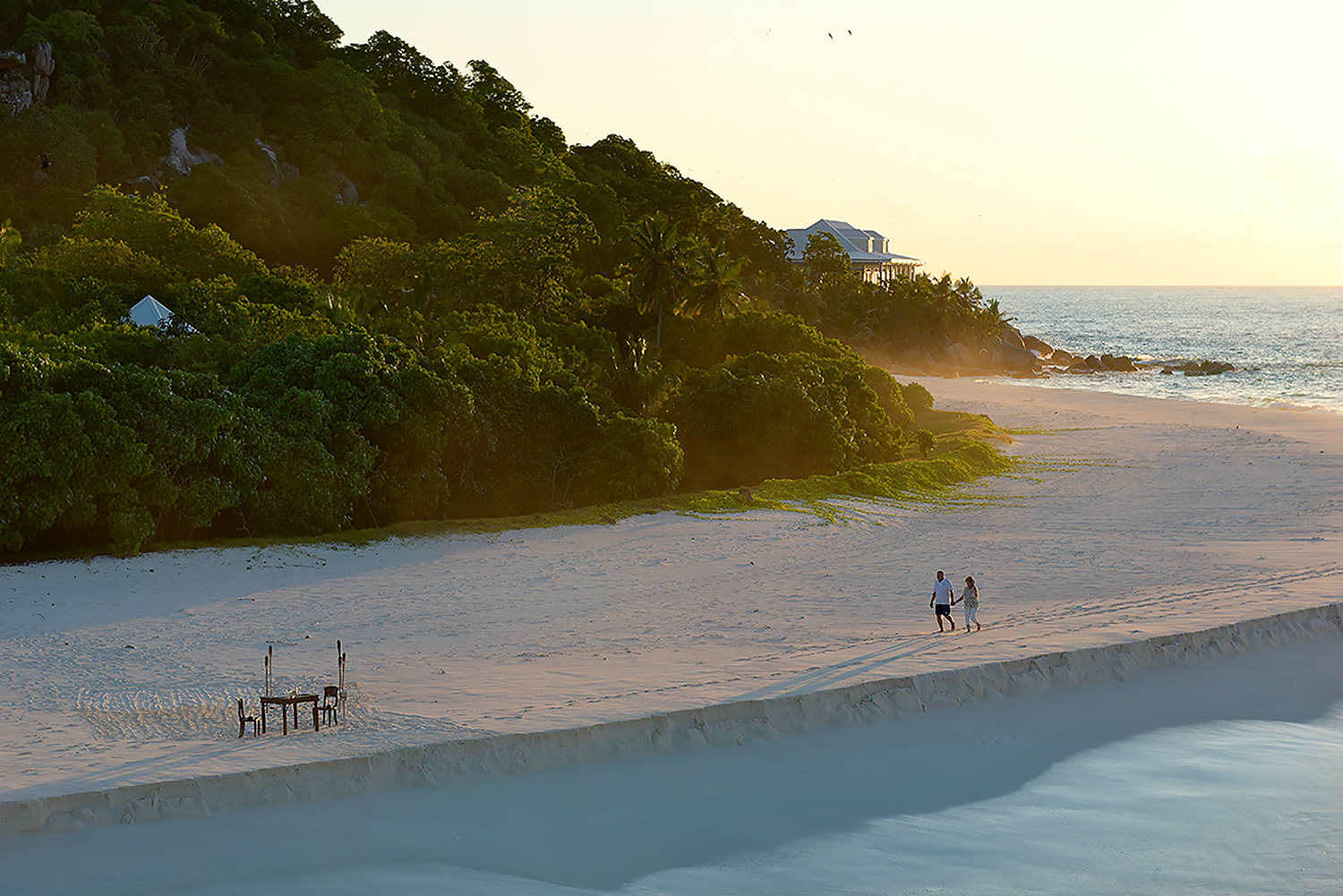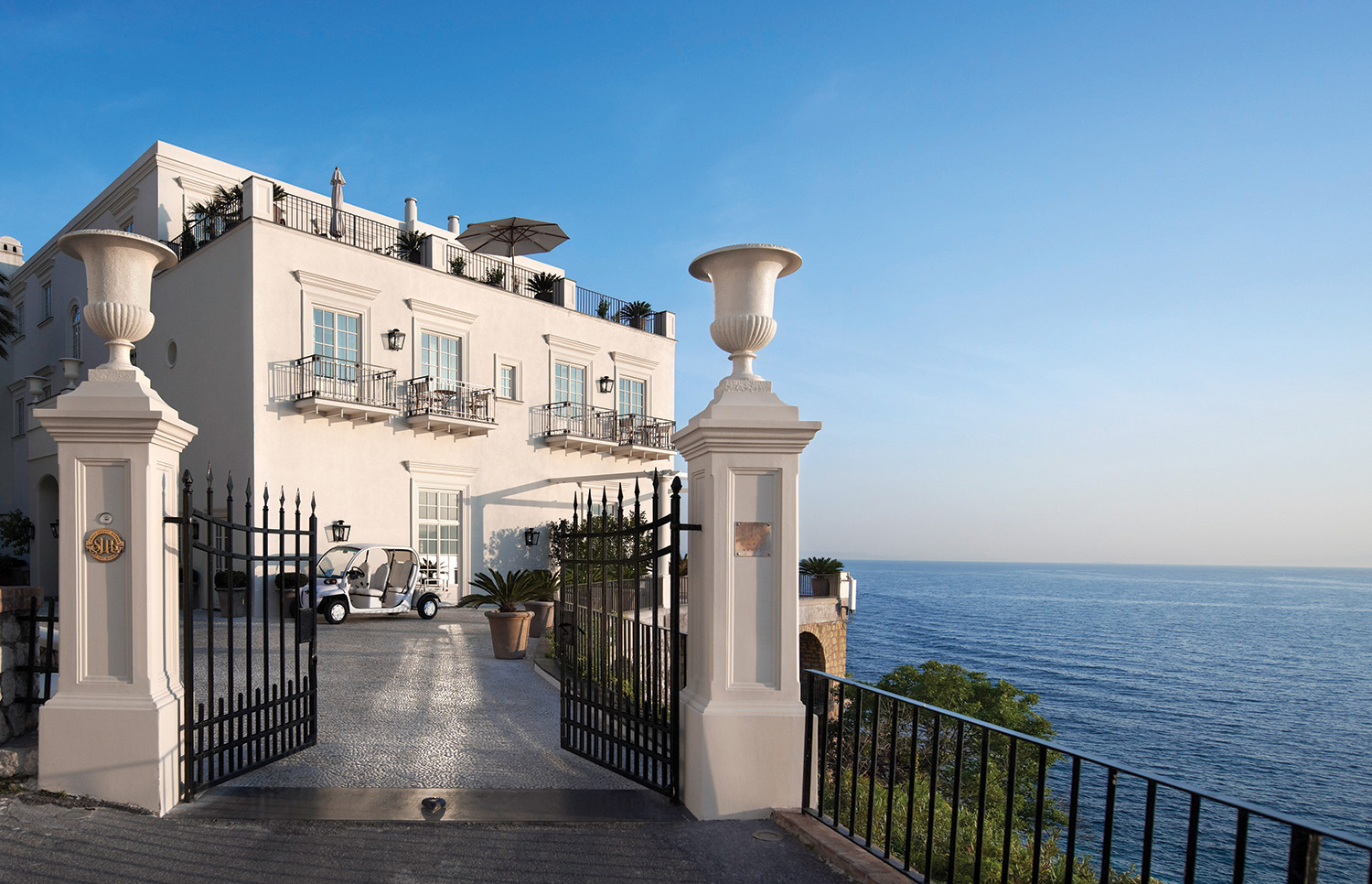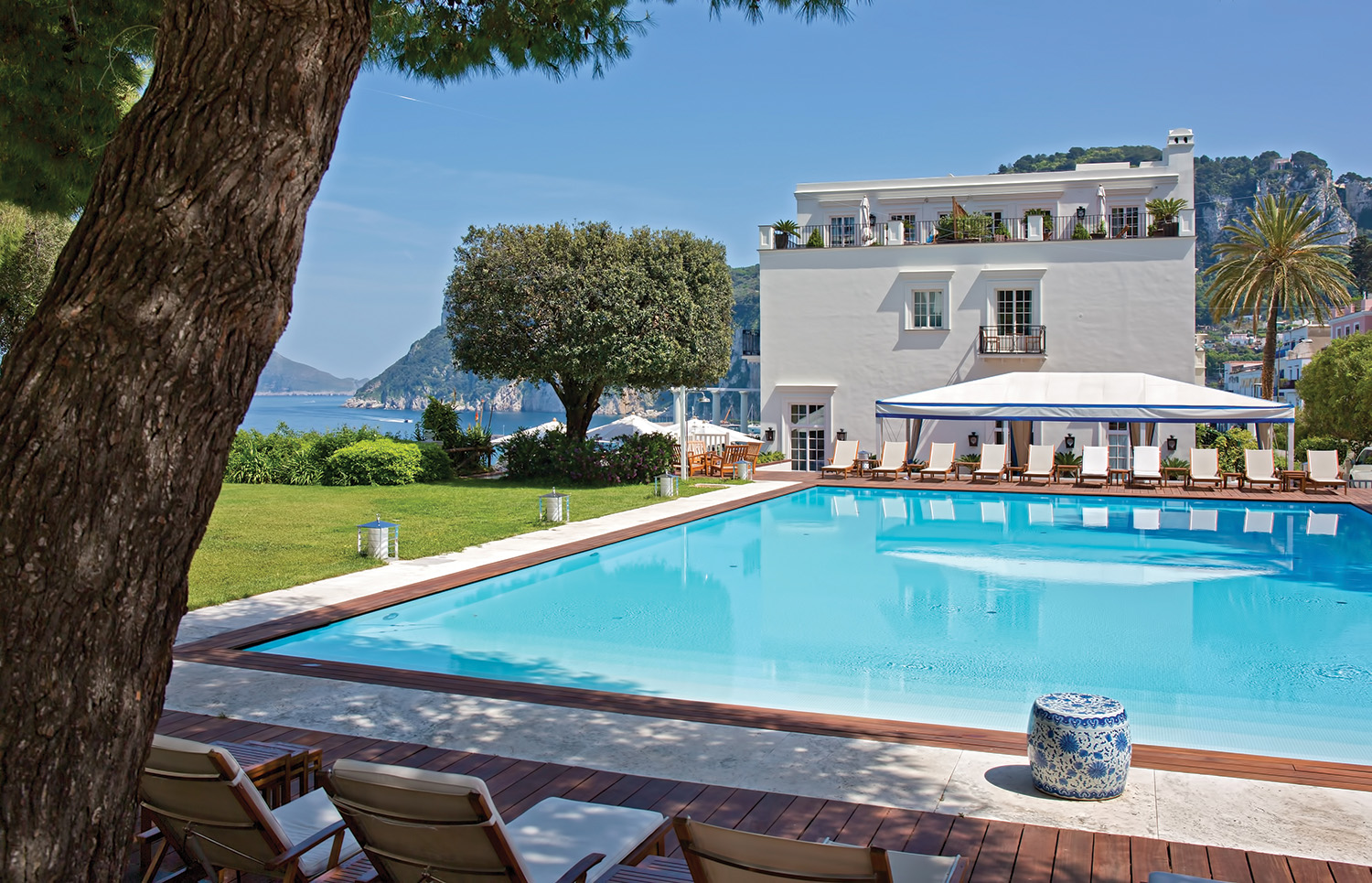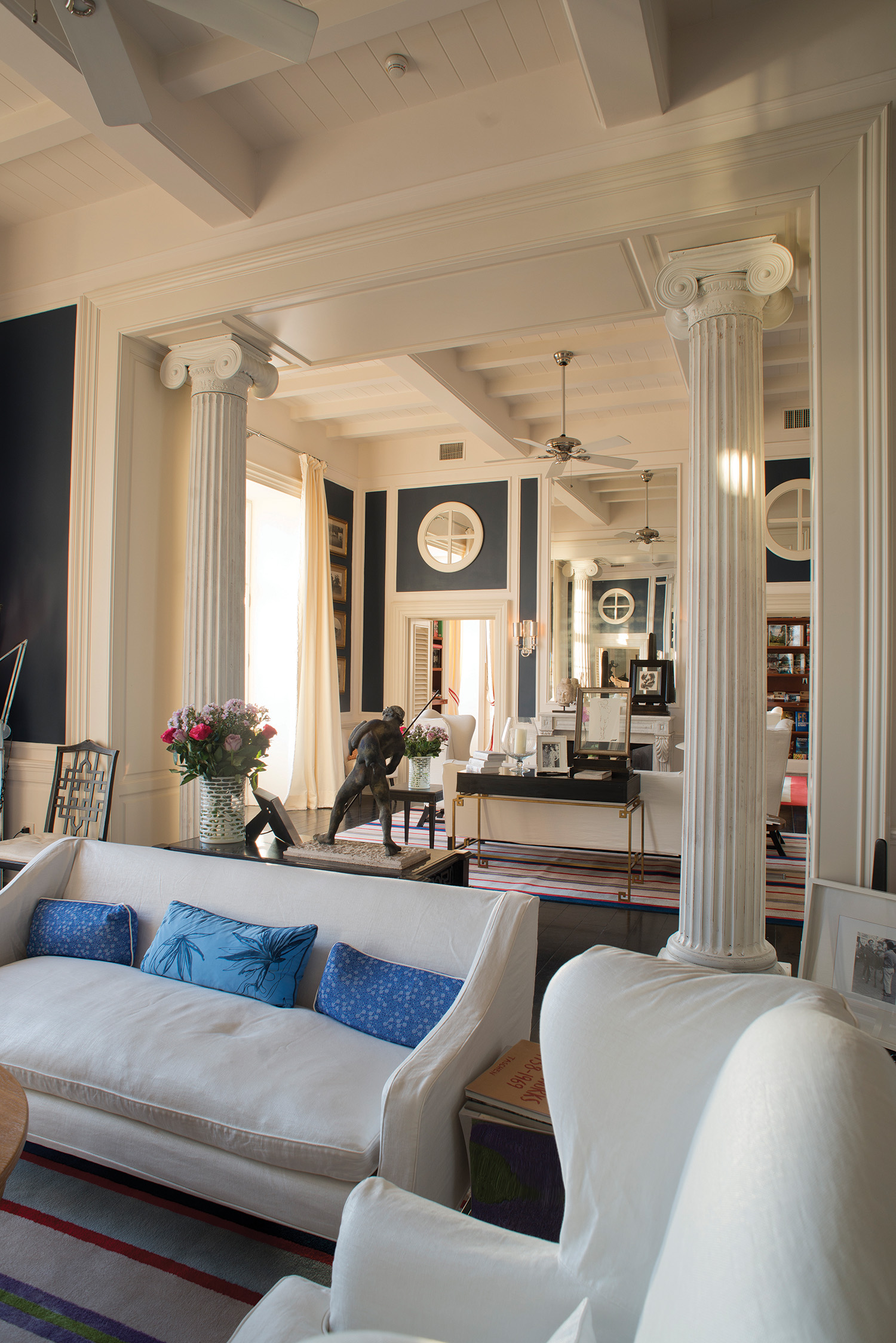SIMONE BILES
Interview by Pauline Snyder-Goodwin | Photography by Jhane Hoang | Styling by René Garza | Art Direction by Marc Sifuentes | Hair and Makeup by Tonya Riner
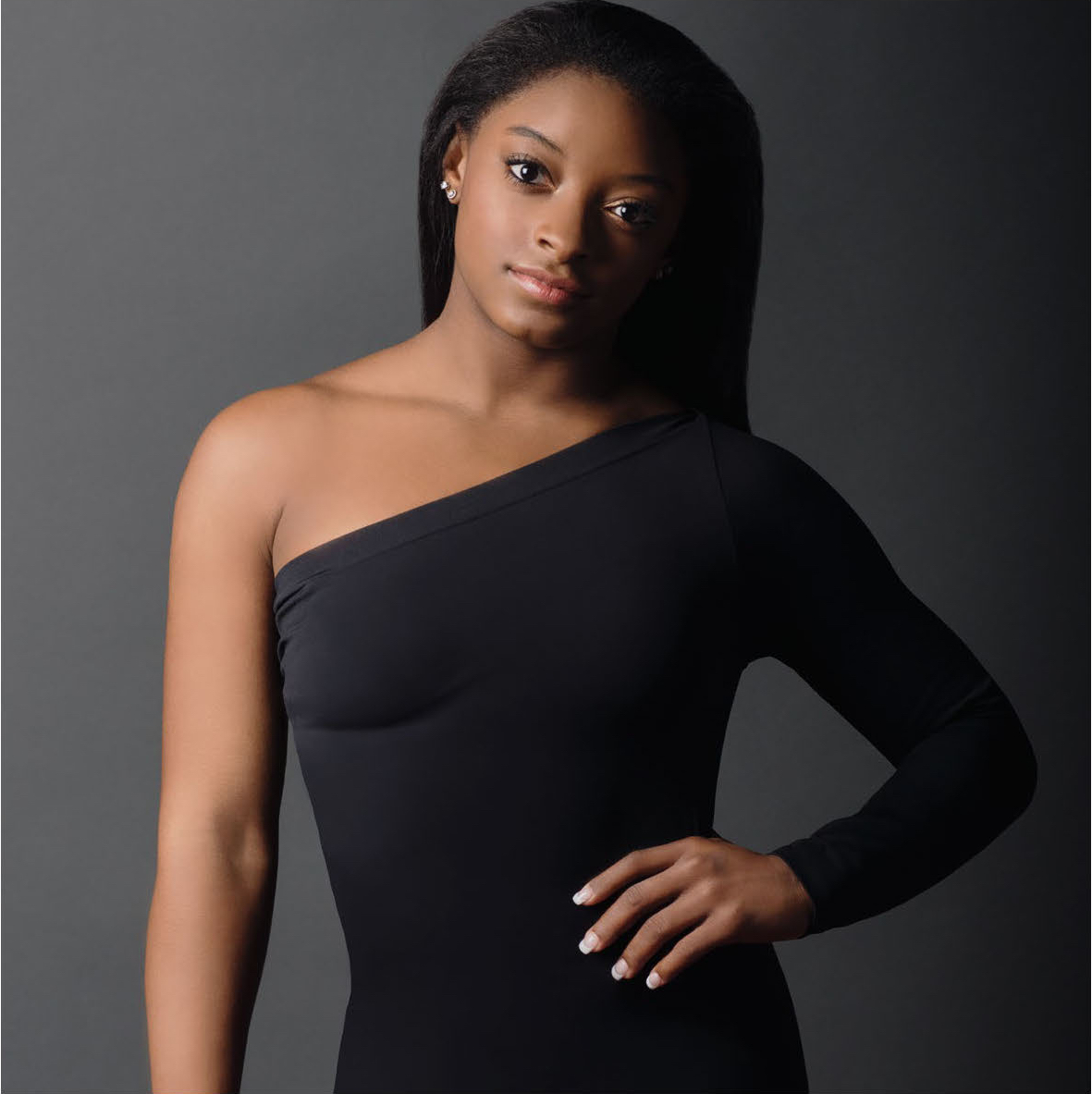
Simone’s success didn’t come easy. Her journey to becoming a decorated Artistic Gymnast contained many challenges and crossroads along the way. But her passion and determination in becoming an elite gymnast prevailed. Following a brief period in a foster home in Columbus, OH, Simone’s grandparents officially adopted her in 2003, in Spring, TX. To Simone’s surprise, she discovered there was a trampoline in the backyard of her grandparent’s house. This was just the beginning of her journey towards becoming one of America’s most decorated gymnast with a total of 19 medals won; 4 gold and 1 bronze at the 2016 Rio Olympics, and 14 World Championship medals.
Women’s gymnastics is a dangerous sport which also has a short career span, with women reaching their gymnastic peak during their high school years. In 2012, Simone sacrificed a traditional high school education, along with the social life that comes with it, by switching to homeschool. This decision was not easy for Simone, but it allowed for more training hours to continue mastering her gymnastic skills. Eventually, Simone would achieve mastery and effortless execution of even the most difficult gymnastics skills. She has an arsenal of amazing tricks she can do, but one of the most jaw-dropping is a tumbling skill she executes on the floor exercise simply called “The Biles”. It earned the namesake because Simone was the first female gymnast to accomplish two back flips followed by a half twist in competition.
Simone released her first book; Courage to Soar: A Body In Motion, A Life In Balance, at the end of last year. It’s a tell-all book where she opens her heart and soul as she takes us on her life’s journey from her early childhood to that rainy night in Rio where she would hold an American flag twice her size at the closing ceremonies. She was the first American female gymnast to be awarded this privilege. Who knew that the tiny girl with big muscles would accomplish such a feat and become an inspiration for little girls the world over.
We had the honor to catch up with Simone to learn more about her, her life’s passion of gymnastics, and her new book. The World Champion Centre, your family’s new gymnastics facility opened May 2016 in Spring, TX. What was the inspiration behind creating this gym? The idea of a gym started when my mom was closing out her former business and decided to start a new business venture. Her vision was to build a gym and have all the equipment that I would need for training since the Olympics was my goal. It has been so great having the facility available to me and I love having that support from my family and The World Champion Centre community.
How does The World Champion Centre differentiate itself from other gymnastic facilities in the Houston area?
I believe The World Champion Centre is different from other facilities in the Houston area because it is multifaceted. We offer gymnastics, Artistic Olympics for boys and girls, Acrobatics-Silk program, Tumbling & Trampoline, the Warriors Program, Recreational and Preschool, Taekwondo and dance.
We also offer schooling for our gymnasts from 3rd grade through high school, and our pro-shop and cafe lend to our goal to satisfy each customer and make them comfortable.
Please tell us about the Academy at WCC.
Our Academy is a wonderful addition to World Champions Centre! We have two teachers that are master’s prepared. They tailor the student’s lesson plan to fit their individual needs and follow NCAA guidelines to ensure easy access to the universities. Students that are currently attending The Academy range from 3rd grade to high school. The Academy is a non-profit school which depends on donations for funding.
How old were you when you took your first gymnastics class? When did you first start competing?
I was six-years-old when I started gymnastics classes and was competing only a year later at the age of 7.
Do you remember doing your first cartwheel? Who taught you?
I remember being three-years-old when my brother taught me how to do my first cartwheel. I was hooked!
What lessons can students learn from gymnastics that they can apply to their everyday life?
Students can learn balance, discipline and organization, determination, mental and physical toughness, respect for their teammates and coaches, dedication to the sport, and most of all forming strong friendships and teamwork. That’s one of the things I love about gymnastics, aside from the flipping, soaring, and jumping, the sport is about teamwork, strength, and organization.
At what moment did you realize you wanted a career in gymnastics?
I fell in love with the sport from day one!
Best advice you can give young girls wanting to become an elite gymnast.
I would tell them to set goals for themselves and to not give up, even on the bad days.
Are you involved in any youth programs in your community?
Yes, I partnered with Mattress Firm Foster Kids, a donation-driven program that has given more than 610,000 items (clothes and school supplies) to foster kids and their families.
Who’s been your life mentor? What’s the best advice they have given you?
My mother has been my life mentor and the best advice she has given me is to “be the best Simone” that I can be. Courage to Soar: A Body in Motion, A Life in Balance, is your first book.
What motivated you to write it? What do you want readers to take away from this book?
I wanted to write my book because it is important to tell my own story. There are many things written about me but my fans should hear my story from me. I hope that my readers will get a little insight into my life and maybe be inspired to work harder in whatever sport they are involved in.
Mary Lou Retton wrote the foreword to your book. Tell us about this collaboration.
I first met Mary Lou at her invitational meet in Houston and I absolutely adore her. Mary Lou is one of the pioneers of Women Gymnastics and she is an amazing and powerful gymnast.
When did you first meet Mary Lou and what was that like?
I was very young when I met Mary Lou, I was about ten-years-old and we did not speak but I was in awe of her and I remembered her telling us to always stay focused and envision the routine before you “go” for it. From that day forward, and while in Rio for the Olympic Games, I think of that advice and it has really helped me as a gymnast.
In your book you talk about a field trip you took with your daycare class on a rainy day. Please tell us about that event.
I was attending Kids R Kids summer camp and it was field trip day. The plan was to go to an oil ranch. It was raining that day so the teachers needed a backup plan and they chose Bannon’s Gymnastix gym because it was close to us. I was excited because this was my first time in a gym. All the equipment was a dream come true. I was showing off all my tricks and copying what I saw the girls in the back doing. I remember this was an amazing field trip because I was sent home with a letter from the gym inviting me to join. At the age of three you were placed in foster care until your grandparents adopted you.
Any advice you would like to give to foster parents?
I knew that we were taken to stay with another family but did not quite understand why because I was young. I later learned that my mother had a substance abuse problem and had difficulty taking care of us. My short time in the foster care system was good and we were blessed to have been taken in by my grandfather and grandmother while my mother received help. My advice to foster parents is to give the child or children a chance and to love them.
Tell us about the nickname you earned in third grade.
My nickname at school was “swoldier” (classmates coined this term from the words ‘swollen’ and ‘soldier’) because I had defined muscles and was very strong. I had more muscles than any of the boys in my class, and I was very self-conscious of my body because of it.
At the 2011 Visa Nationals, you missed making the Junior National Women’s team by one spot. Please share with us this experience and the emotions running through you during this competition.
My goal and my dream was to make the National Women’s team. Missing that opportunity by one spot was devastating, but it made me even more motivated to get back in the gym and work even harder.
In your experience in women’s gymnastics, do you think there’s a significant advantage to having a woman vs. a man as a coach?
I have had both men and women coaches and I am comfortable with both. I believe it is who you are most comfortable with that will give you an advantage and who will push you and encourage you. You need a coach to teach, guide, and understand you.
Aimee Boorman was your coach since the beginning of your gymnastics career. What was the key to this successful relationship?
As a coach, Aimee knew and understood me as a person. She knew what I was capable of doing and knew that I needed a challenge to stay focused. Aimee managed to keep me motivated to push through the numerous repetitions during training.
You haven’t lost an all-around meet since 2013. At the 2016 Summer Olympics in Rio you took four gold medals and a bronze setting an American record for most gold medals in women’s gymnastics at a single game. How do you stay humble?
I am blessed to be consistent with my performances in competitions. My mom makes sure that we pray and go to church routinely and thank God for the body and gift he gave me. Life at home is the same. I am still responsible for doing chores in the house and keeping the same routines once I am at home, which helps me stay grounded.
You chose Samba music for your floor exercise routine at the 2016 Olympics in Rio. What motivated you to make this selection?
My choreographer helped me with selecting my floor music, and because I like upbeat music, it felt like the perfect choice for that routine. We debuted the music at the Pacific Rim Championships in Everett, WA and there was such a great response from the crowd that we decided to keep it for my floor exercise in Rio.
What was it like being a part of the “Final Five” team?
Being a part of the final five was amazing and a dream come true.
Do you have any good luck rituals you do prior to competing?
I do not have any rituals prior to competing, but I do take along my turtles and my St. Sebastian pendant with me because they are my good luck charms!
What’s your favorite thing to do when not doing gymnastics?
When I am not doing gymnastics I love spending time with family and friends and watching Netflix.
Do you have any furry friends at home?
We have 4 German Shepherds: Maggie, Lily, Bella and Atlas.
Who’s on your playlist?
Right now I am listening to a lot of Justin Bieber, The Chainsmokers, Drake, and The Weeknd to name a few.
Your favorite place to go to in the world?
I love visiting Belize because it is where my mother’s family comes from. It is a true connection to family and that is just very special to me.
When you’re not training or competing what’s your favorite food you like to eat?
Oh it would have to be pizza! That is definitely my favorite cheat food.
What would Simone Biles be if she wasn’t an Artistic Gymnast?
If I did not do artistic gymnastics I would probably be a dancer or in track and field. It would have to be something creative and physically involved, but still not a far cry from artistic gymnastics! .
Stylist Assistant: Dustin Bice | Special thanks to Brie Costello, Janey Miller and Ashley Laury | World Champions Centre Gym located at 28865 Birnham Woods Dr, Spring, TX 77386
Courage to Soar: A Body in Motion, A Life in Balance by Simon Biles available at Barnes and Noble, published by Zondervan Press
